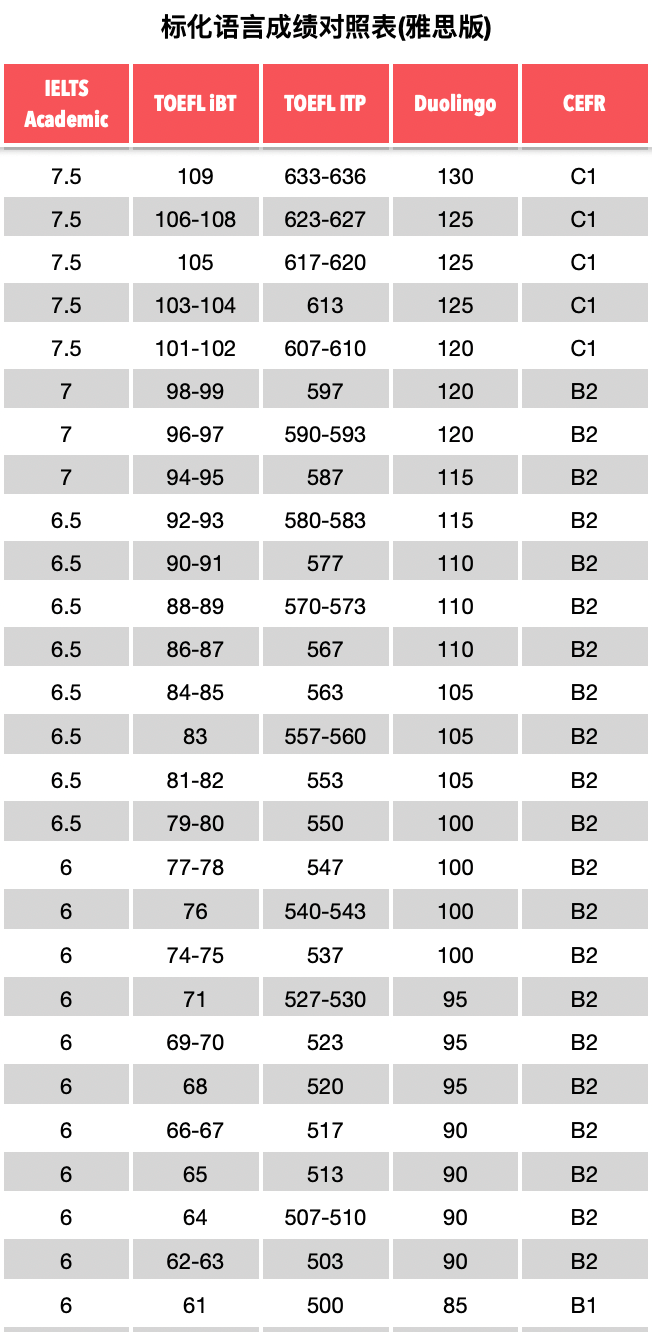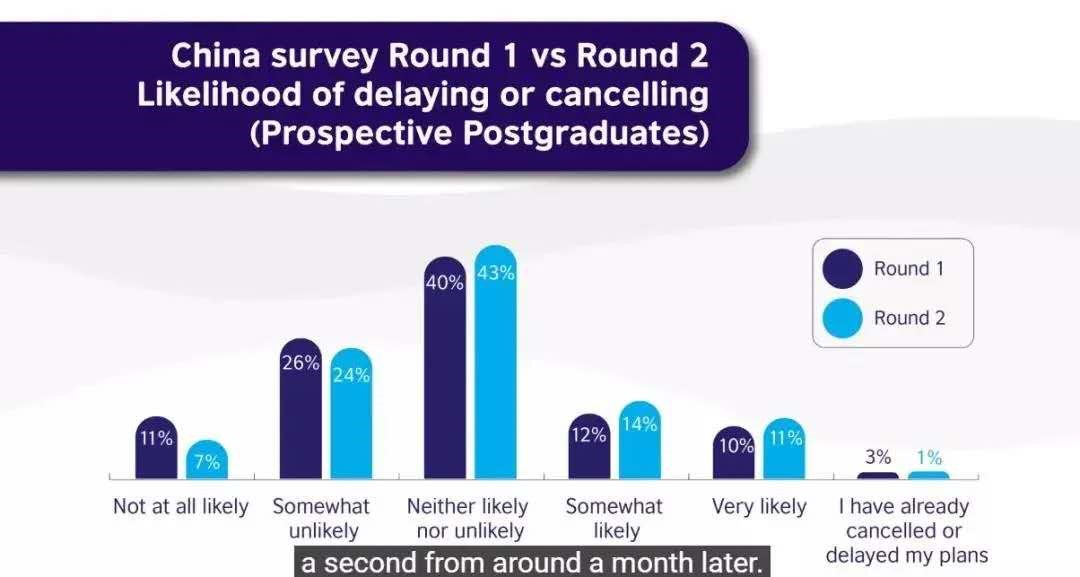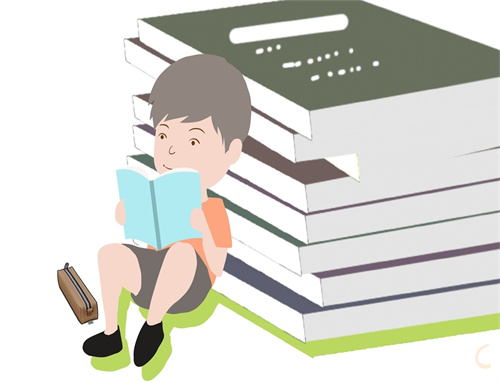这几个问题让你3分钟了解雅思是什么?今天小编给大家带来这几个问题让你3分钟了解雅思是什么,希望能够帮助到大家,下面小编就和大家分享,来欣赏一下吧。
这几个问题让你3分钟了解雅思是什么
雅思考试(国际英语语言测试系统)是听说读写四项英语交流能力的测试。
每年,全球有超过270万人次在140个国家和地区参加雅思考试。雅思已成为全球英语测评领导者。
全球超过10,000所院校机构所认可。无论你想留学、移民、就业,还是检测英语水平;无论你想去英国、美国、加拿大、澳大利亚、新西兰,还是荷兰法国、德国、新加坡、香港等;你只需要一项英语考试—雅思考试。
雅思考试分类及作用讲解
1.雅思考试
考试用途及分类
雅思考试是为那些打算在以英语作为交流语言的国家和地区留学或就业的人们设置的英语言水平考试。
学术类:适用于出国留学申请本科,研究生及以上学位,或获得专业资质
培训类:英语国家移民申请(如澳大利亚,加拿大,新西兰及英国)或申请培训及非文凭类课程
考试结构
学术类:听力:30分钟+10分钟 学术类阅读:60分钟 学术类写作:60分钟 口语:11-14分钟
培训类:听力:30分钟+10分钟 培训类阅读:60分钟 培训类写作:60分钟 口语:11-14分钟
考试形式
纸笔考试或机考+人人对话
两种模式的听力和口语一样,阅读文章不同但题型相似,写作的第一题不同,第二道题风格一致但内容不同。
听力
听力始终是雅思整个考试的第一部分,一般为独白或两人、多人对话,共有4个单元,40道题,考40分钟。普通培训类和学术类听力部分的题目完全一样。4个单元的难度是依次递增的。前两单元主要是一些日常生活中有关的各种场景,例如购物、就餐等方面的谈话。后两个单元则是学生在学习过程中遇到的一些典型场景,如对教育、学术以及世界性话题的探讨。
听力部分常见的题型包括选择题、简答题、填空题、图表题、配对题。(16-5.0;23-6.0;30-7.0)
阅读
雅思考试中普通培训类和学术类阅读部分的试卷完全不同。
普通培训类的文章基本来自广告、报纸、说明书、时间表、杂志等一些实用性很强的文字载体,考题主要是对考生的总体理解能力、定位文中细节能力和对比文中细节能力等进行考核。题型多样,有配对题、简答题、完成句子、选择段落标题、图表题等。
学术类阅读的文章只有3篇文章,长度从700词到1500词不等,要在限定的60分钟内完成阅读并解答40道题,测试的重点是考查考生对文章基本结构和一些重要信息的掌握情况。
写作
写作是测试语言能力的重要方式。目前大多数的国外院校要求申请者必须提供写作成绩,而且将此作为录取申请者的一项重要依据。
雅思考试普通培训类和学术类写作部分的试题有所不同,考试时间均为1小时,要求考生完成两篇文章,第一篇字数要求为150词,第二篇字数要求为250词。普通培训类的第一道试题要求考生根据题目设定的情况写一封信,内容多与日常生活有关。学术类的第一道题则要求考生在20分钟内对试卷提供的图表所表达的信息、趋势进行准确的描述。普通培训类和学术类的第二道题目风格相同,都是要求考生就某一观点或现象写一篇议论文。
口语
雅思考生面对的不是固定的考题,而是要直接面对考官,进行一对一的面试。11-15分钟考试。这也是雅思考试之所以得到越来越多的认可的原因之一。
雅思的口语面试有一定的模式,评分具有公正度和可信度。口语部分有三个阶段,第一阶段,考官会提出一些简单的基本问题,过渡到第二阶段后,考官会给考生提供一张话题卡,由考生根据卡片上的话题展开2-3分钟的描述,考生有一分钟时间做准备,可以做笔记。在最后的一个阶段,考官会请考生谈论一个比较深入的话题,该话题同第二阶段的话题有关。整个谈话偏向生活化、口语化,较为轻松。
2.用于英国移民及签证的雅思考试
考试用途及分类
自2015年4月起,英国签证和移民局实施签证类安全英语语言考试新政。用于英国签证及移民的雅思考试是英国签证和移民局对特定类型的英国签证申请所开设的考试。
考试结构
学术类:听力:30分钟+10分钟 学术类阅读:60分钟 学术类写作:60分钟 口语:11-14分钟
培训类:听力:30分钟+10分钟 培训类阅读:60分钟 培训类写作:60分钟 口语:11-14分钟
考试形式
纸笔考试或机考+人人对话
3.雅思生活技能类考试
考试用途及分类
雅思考试生活技能类只测试考生的英语口语与听力水平,分为CEFR(欧洲语言共同参考框架)A1及B1级别两类。该考试旨在满足英国签证与移民局对英国特定签证申请的要求。
考试结构
A1级别:适用于:配偶,探亲类英国签证申请
B1级别:适用于:入籍,永居类英国签证申请
考试形式
人人对话
以上就是这几个问题让你3分钟了解雅思是什么的全部内容,在看了文章之后,大家应该明白雅思考试有3个大类,我们常常说的雅思考试其实是其中雅思考试这个大项中的学术类雅思考试。近期,雅思又在大陆考区增加了机考,这对于需要去的雅思成绩的同学来说,又多了一个选择。
雅思阅读全真练习系列:Sleep medication linked to bizarre behaviour
Sleep medication linked to bizarre behaviour
New evidence has linked a commonly prescribed sleep medication with bizarre behaviours, including a case in which a woman painted her front door in her sleep.
UK and Australian health agencies have released information about 240 cases of odd occurrences, including sleepwalking, amnesia and hallucinations among people taking the drug zolpidem.
While doctors say that zolpidem can offer much-needed relief for people with sleep disorders, they caution that these newly reported cases should prompt a closer look at its possible side effects.
Zolpidem, sold under the brand names Ambien, Stilnoct and Stilnox, is widely prescribed to treat insomnia and other disorders such as sleep apnea. Various forms of the drug, made by French pharmaceutical giant Sanofi-Aventis, were prescribed 674,500 times in 2005 in the UK.
A newly published report from Australia’s Federal Health Department describes 104 cases of hallucinations and 62 cases of amnesia experienced by people taking zolpidem since marketing of the drug began there in 2000. The health department report also mentioned 16 cases of strangesleepwalking by people taking the medication.
Midnight snack
In one of these sleepwalking cases a patient woke with a paintbrush in her hand after painting the front door to her house. Another case involved a woman who gained 23 kilograms over seven months while taking zolpidem. “It was only when she was discovered in front of an open refrigerator while asleep that the problem was resolved,” according to the report.
The UK’s Medicines and Healthcare products Regulatory Agency, meanwhile, has recorded 68 cases of adverse reactions to zolpidem from 2001 to 2005.
The newly reported cases in the UK and Australia add to a growing list of bizarre sleepwalking episodes linked to the drug in other countries, including reports of people sleep-driving while on the medication. In one case, a transatlantic flight had to be diverted after a passenger caused havoc after taking zolpidem.
Hypnotic effects
There is no biological pathway that has been proven to connect zolpidem with these behaviours. The drug is a benzodiazepine-like hypnotic that promotes deep sleep by interacting with brain receptors for a chemical called gamma-aminobutyric acid. While parts of the brain become less active during deep sleep, the body can still move, making sleepwalking a possibility.
The product information for prescribers advises that psychiatric adverse effects, including hallucinations, sleepwalking and nightmares, are more likely in the elderly, and treatment should be stopped if they occur.
Patient advocacy groups say they would like government health agencies and drug companies to take a closer look at the possible risks associated with sleep medicines. They stress that strange sleepwalking and sleep-driving behaviours can have risky consequences.
“When people do something in which they’re not in full control it’s always a danger,” says Vera Sharav of the New York-based Alliance for Human Research Protection, a US network that advocates responsible and ethical medical research practices.
Tried and tested
“The more reports that come out about the potential side effects of the drug, the more research needs to be done to understand if these are real side effects,” says sleep researcher Kenneth Wright at the University of Colorado in Boulder, US.
Millions of people have taken the drug without experiencing any strange side effects, points out Richard Millman at Brown Medical School, director of the Sleep Disorders Center of Lifespan Hospitals in Providence, Rhode Island, US. He says that unlike older types of sleep medications, zolpidem does not carry as great a risk of addiction.
And Wright notes that some of the reports of “sleep-driving” linked to zolpidem can be easily explained: some patients have wrongly taken the drug right before leaving work in hopes that the medicine will kick in by the time they reach home. Doctors stress that the medication should be taken just before going to bed.
The US Food & Drug Administration says it is continuing to "actively investigate" and collect information about cases linking zolpidem to unusual side effects.
The Ambien label currently lists strange behaviour as a “special concern” for people taking the drug. “It’s a possible rare adverse event,” says Sanofi-Aventis spokesperson Melissa Feltmann, adding that the strange sleepwalking behaviours “may not necessarily be caused by the drug” but instead result from an underlying disorder. She says that “the safety profile [of zolpidem] is well established”. The drug received approval in the US in 1993.
(721)
Questions 1-6 Do the following statements agree with the information given in the reading passage?
In boxes 1-6 on your answer sheet write
TRUE if the statement is true according to the passage
FALSE if the statement is false according to the passage
NOT GIVEN if the information is not given in the passage
1. Ambien, Stilnoct and Stilnox are brand names of one same drug treating insomnia.
2. The woman’s obesity problem wasn’t resolved until she stopped taking zolpidem.
3. Zolpidem received approval in the UK in 2001.
4. The bizarre behaviour of a passenger after taking zolpidem resulted in the diversion of a flight bound for the other side of the Atlantic.
5. Zolpidem is the only sleep medication that doesn’t cause addiction.
6. The sleep-driving occurrence resulted from the wrong use of zolpidem by an office worker.
Question 7-9 Choose the appropriate letters A-D and Write them in boxes 7-9 on your answer sheet.
7. How many cases of bizarre behaviours are described in an official report from Australia?
A. 68
B. 104
C. 182
D. 240
8. Which of the following is NOT mentioned in the product information about zolpidem?
A. Treatment should be stopped if side effects occur.
B. Medication should be taken just before going to bed.
C. Adverse effects are more likely in the elderly.
D. Side effects include nightmares, hallucinations and sleepwalking.
9. Who claimed that the safety description of zolpidem was well established?
A. Kenneth Wright
B. Melissa Feltmann
C. Richard Millman
D. Vera Sharav
Questions 10-13 Answer the following questions with NO MORE THAN THREE WORDS each in boxes 10-13.
10. How many times was French-made zolpidem prescribed in 2005 in Britain?
11. What kind of hypnotic is zolpidem as a drug which promotes deep sleep in patients?
12. What can sleepwalking and sleep-driving behaviours cause according to patient advocacy groups?
13. What US administration says that it has been investigating the cases relating zolpidem to unusual side effects?
这几个问题让你3分钟了解雅思是什么相关文章:
★ 2020面试3分钟自我介绍范文精选6篇
★ 面试自我介绍3分钟通用6篇
这几个问题让你3分钟了解雅思是什么
上一篇:雅思机考写作考试实战经验分享
下一篇:8大雅思考试入门基础知识






